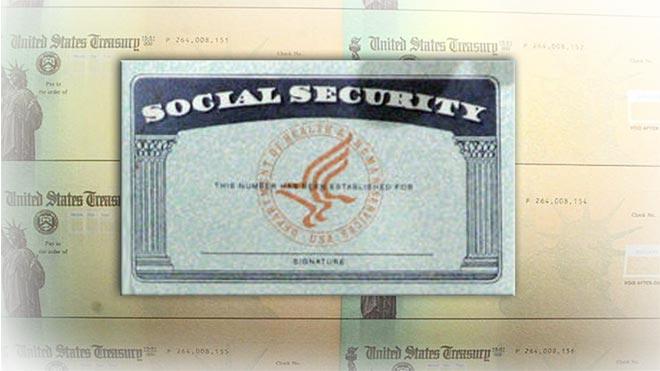Medicare open enrollment: 3 things to consider
America’s seniors, beware. Not because Halloween is coming, but because Medicare open enrollment is already here.
Millions of retirees will need to wade again into confusing waters to fish for the health insurance that best matches their needs. Finding the most affordable option can be tricky.
How do you choose Parts A (hospitalization), B (medical insurance) and D (prescription drugs)? Should you go with Medicare Advantage (Part C)?
Picking through the alphabet soup is daunting, especially as health care costs rise. Here’s what you can do to get the best coverage, at a price that puts the least pressure on your savings.
1. Don’t earn too much
Though Sen. Bernie Sanders, I-Vt., has proposed a Medicare For All universal health care system devoid of premiums and copayments, today’s Medicare is not free.
In fact, a 65-year-old couple retiring today will face $275,000 in medical bills during retirement, according to Fidelity. And that doesn’t even include long-term care.
To hold down your Medicare premiums, be careful with how much you earn before you start to take the coverage. Premiums are determined by what you made two years earlier.
“Medicare B and D rates are based on your modified adjusted gross income,” says Dr. Carolyn McClanahan, a physician and Certified Financial Planner professional in Jacksonville, Florida. “The premiums go up as income goes up.”
Married couples who had joint income of less than $170,000 in 2015 have been charged total monthly Part B premiums of $268 in 2017. But they’d be paying about double that if they had 2015 earnings of between $214,000 and $320,000.
2. Consider Medicare Advantage
One of the big decisions you have to make is whether to go with original Medicare (parts A and B), or Medicare Advantage (Part C), which offers plans run by private companies that are required to follow Medicare guidelines.
These plans are becoming increasingly popular. About one-third of Medicare enrollees now use Medicare Advantage, compared to only 5 percent in 2004, according to the Kaiser Family Foundation.
If you live in an area with great health care, Medicare Advantage can be an excellent deal.
“The insurance company is paid your Medicare B premium to take over all of your care, and in some plans, there are no additional premiums,” McClanahan says.
What’s the trade-off? They’re often HMO plans, which means you’re generally restricted to in-network care providers. Use the Medicare Plan Finder tool to gauge your options.
3. Review your drug plan each year
To keep costs down in retirement, you need to limit your mortgage obligations and credit card debt.
You also need to reassess your Medicare prescription drug coverage every year.
Your wallet will depend on it. Medicare prescription drug costs are expected to soar, with annual Part D premiums likely to jump from about $490 now to around $850 in 2025, according to Medicare’s Boards of Trustees.
Over the same period, Part D deductibles will increase to $645, a more than $200 increase.
That’s why you must take an annual look at whether the drugs you need are still covered by your plan, whether it’s Part D or through Medicare Advantage. And, understand that drug plan premiums and deductibles can vary, so research is key.
If you have a health savings account, use it to offset rising drug costs, especially as you ease into retirement.

